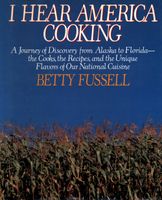Advertisement
Preparation info
- Makes about 8 dozen
(96)
slices. - Difficulty
Medium
Appears in
Published 1986
An early German settler, Michael Rodenkirch, wrote from “Westkonsin” to his family, who were about to emigrate in 1846, “For your sea voyage, make your own ‘Zwieback’ and take along sufficient oatmeal and wheat flour.” Zweiback means “twice-baked” to make bread dough drier, lighter, more durable, and therefore more portable. The French called their twice-baked dough biscotte and the English, “rusks.” The word “zweiback” (spelled variously, according to the degree the speller was Amer


